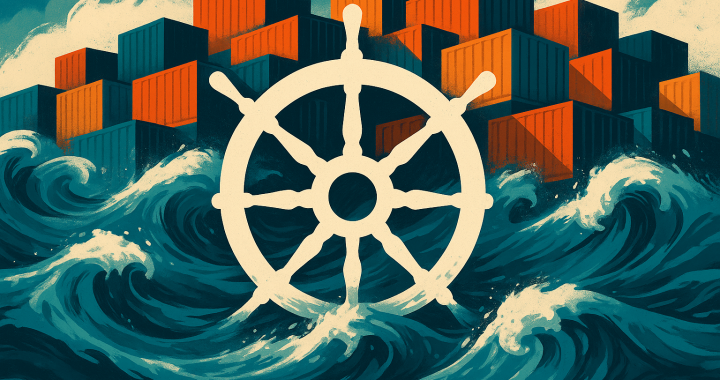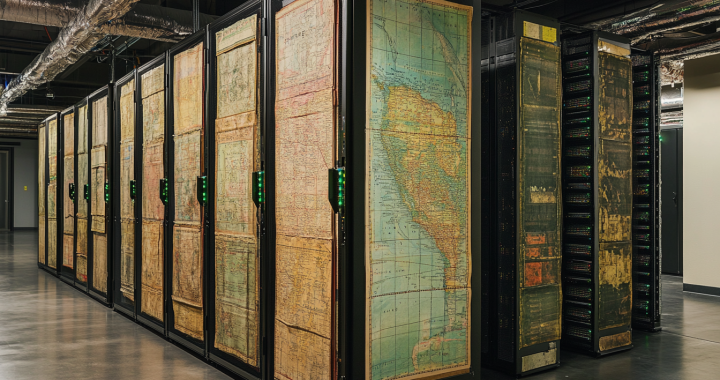DevOps is not a technology, it’s an approach. Though there’s flexibility in how to use it, there’s also the added responsibility of using it in the best possible way. The whole idea of DevOps is to make the software development process smoother and faster. And one of the most important decisions needed to achieve this is to decide on the right toolchain.
So in this article, I’ll tell you what a DevOps toolchain is and why you should have one.
What Is a DevOps Toolchain?
The whole DevOps practice stands on two main pillars: continuous integration and continuous delivery. This means that the changes and upgrades to a product must be integrated at greater frequency, and they should be available to the users at greater speed. A DevOps toolchain is a set of tools that helps you achieve this. But why are multiple tools needed? Why not just use one? That’s because DevOps is a practice that has different stages. To help you understand this, I’ll take you through the different stages of a software development pipeline that’s based on a DevOps approach and review what tools you can use.
Planning
The first step of doing anything is planning, and that holds true for DevOps as well. Planning includes the personnel inside the organization as well as the clients. Both need to have a clear understanding of what they want to build and how they are going to do it. Therefore, transparency plays an important role. You can use tools like Slack, Trello, and Asana for the planning stage.
Collaboration
The beauty of DevOps is that it requires multiple teams to collaborate and work together for efficient software delivery. Once the planning is done, you need to focus on collaboration. Collaboration happens between people from different teams, who might have different working styles or live in different time zones. Easy collaboration requires transparency and good communication. Some of the tools available for collaboration include Slack, Flowdock, WebEx, and Skype.
Source Control
Source control aka version control means managing your source code. In DevOps, where there are frequent updates to the source code, it’s important that you handle it carefully. This means you need a tool that can manage the source code and make different branches available as required, especially when multiple teams are working on a single product. Some of the most popular source control tools are Git and Subversion.
Tracking Issues
You should also be ready for issue occurrence. And when it comes to issue handling, tracking the issue plays an important role. Issues should be tracked in a transparent way that provides all the necessary details required to properly resolve them, and improved tracking results in faster resolution. You might want to consider using tools like Jira, Zendesk, Backlog, and Bugzilla.
Continuous Integration
This stage, as mentioned earlier, is one of the most important parts of the DevOps practice. This is the stage where modular code updates are integrated into the product to make frequent releases. It’s commonly known to developers that the code doesn’t always work smoothly when it makes it to production. You need a tool that helps with easy integration, detecting bugs, and fixing them. Jenkins, Bamboo, Travis, and TeamCity are some of the most popular tools.
Configuration Management
When developing a product, you will have to use different systems. Configuration management tools help you in maintaining consistency across systems by configuring all the systems automatically for you. They basically configure and update your systems as and when required. The configuration management tools that are heard of quite often are Ansible, Puppet, and Chef.
Repository Management
DevOps teams work together to release updates as soon as possible, and when multiple teams are working on them, there will be an update every day or maybe even every hour. With this frequency, it’s important to have a tool that manages binary artifacts and metadata. The repository management tools help push the product or a part of the product from the development environment to the production environment. Some well-known tools for repository management are Nexus and Maven.
Monitoring
Monitoring helps you understand how good or bad the release was. When there are frequent updates to your product, you can’t expect every release to perform well. Sometimes certain releases break the product, create security issues, decrease the performance, or bring down the user experience. The best way to understand what your update has resulted in is by monitoring it. Monitoring tools help you decide whether your release needs aid or not. You can use tools like Sensu, Prometheus, or Nagios.
Automated Testing
You’d for sure want to test your code before making it available to the users. When continuous delivery is the goal, manual testing would slow down the process. Automated testing makes the testing process faster because the tool does the testing, and the computer is faster than a human being. Also, there is no chance of human errors. But you have to make sure that the automated testing tool you choose is efficient and reliable because you cannot afford to have any mistakes here. A few tools you can choose for automated testing are QTP and TestComplete.
Deployment
This is the stage that actually delivers your product and its updates to the end users, and there are a few things that may go wrong here. The main purpose of deployment tools is to make continuous and faster delivery possible. Some of the most popular tools used for deployment are IBM uDeploy and Atlassian Bamboo.
Now that you understand what a DevOps toolchain is and which are some of the most used tools in the industry, let’s understand why it’s important to have a DevOps toolchain.
Why You Should Have a DevOps Toolchain
A DevOps toolchain is needed to maximize the positive outcome of DevOps practice, and it’s achieved when you choose your toolset wisely. A wisely chosen DevOps toolchain will show how the DevOps approach helps you build high-quality products with fewer errors and enhanced user satisfaction.
The first advantage of using a DevOps toolchain is that it decreases the defects and increases the quality of your products. Because of features like automated testing and error-checking deployment tools, there is also less room for errors. This is good for your business and the reputation of your company.
The second advantage is that a DevOps toolchain helps you innovate your product faster. Because the toolchain results in faster planning, building, testing, and deploying, you have more opportunities to innovate. The more innovative your product is, the more business you get.
The final advantage is related to incident handling. The toolchain helps you identify and manage major incidents. Doing so facilitates finding solutions to the incidents faster and letting the respective team know about the incident. This helps improve the support and quality of the product.
In Conclusion
Now that you’ve read about what the DevOps toolchain is and why you need it, it’s time to choose which ones are right for you. Even though I’ve mentioned a number of tools for various purposes, the ones you pick will differ based on what best suits your use case. There’s no universal toolchain that works best for everyone. You’ll know what’s best for you only after you understand your requirements and then choose the tools accordingly.
Author
This post was written by Omkar Hiremath. Omkar uses his BE in computer science to share theoretical and demo-based learning on various areas of technology, like ethical hacking, Python, blockchain, and Hadoop.



